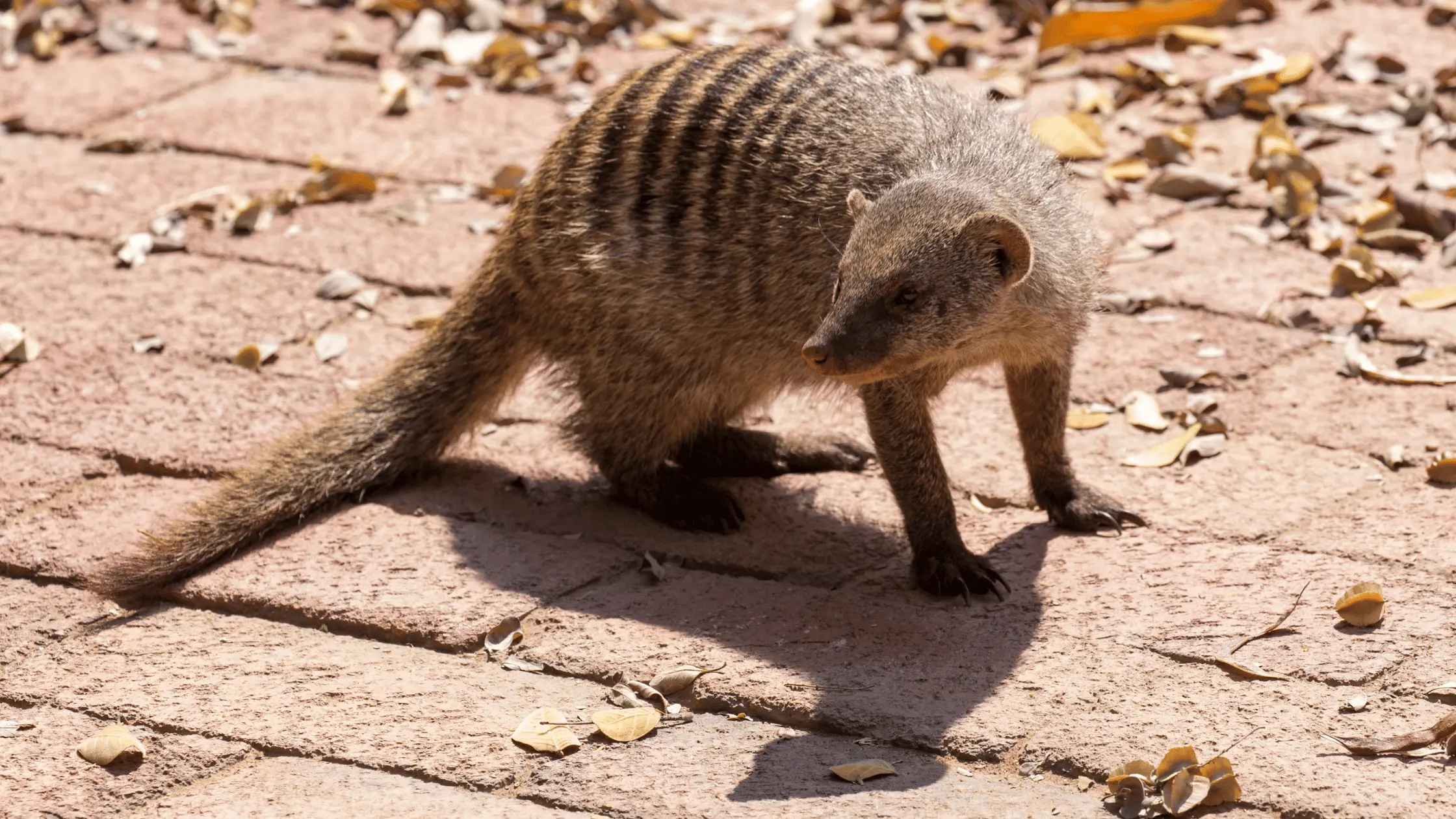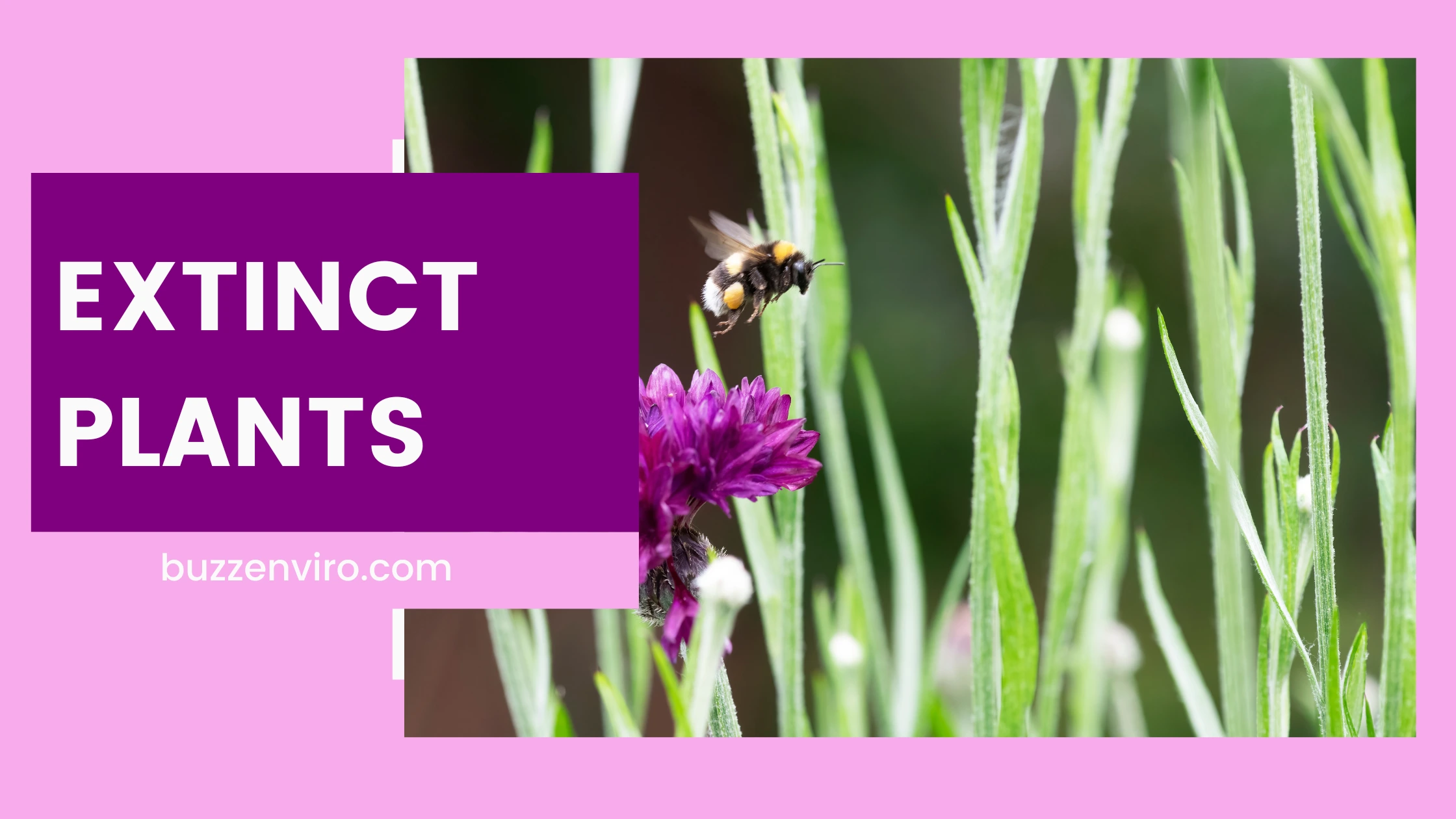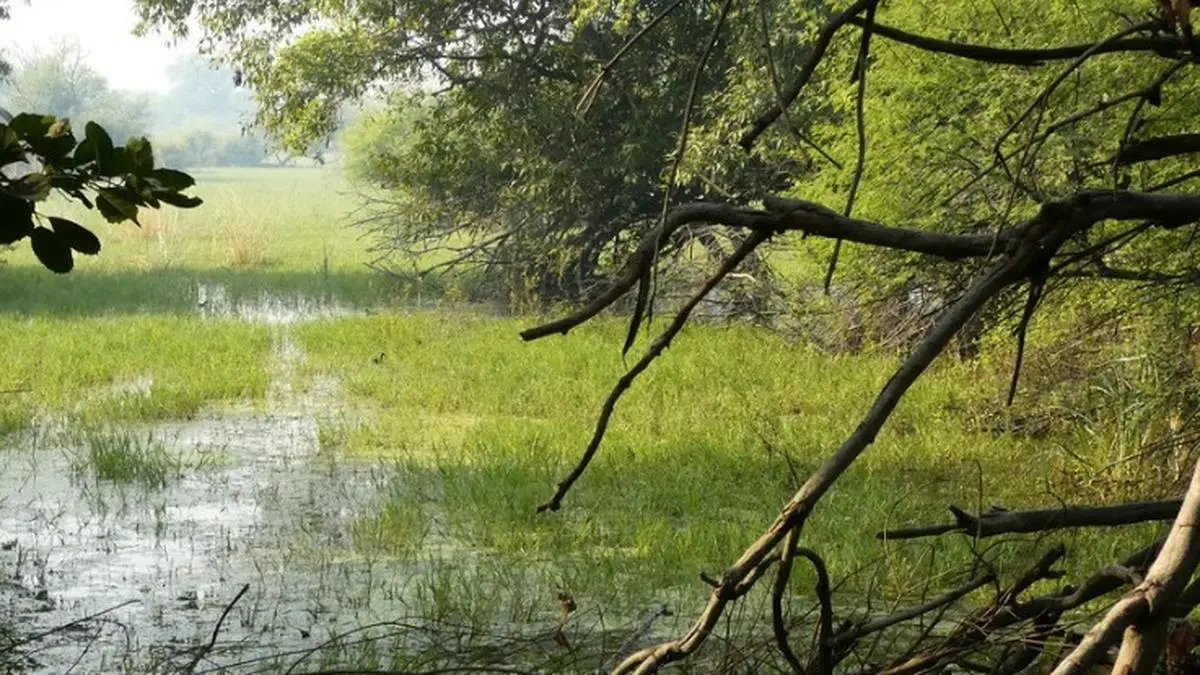Tokyo, Japan – In a significant conservation victory, Japan has successfully eradicated invasive mongooses from the subtropical island of Amami Oshima. The eradication, a culmination of years of intensive efforts, marks a crucial step in protecting the island’s unique biodiversity.
Mongooses were introduced to Amami Oshima in the early 20th century to control snake populations. However, the mongooses proved to be a greater threat to the island’s native species, particularly the endangered Amami rabbit. These small, elusive mammals were heavily preyed upon by the introduced predators, leading to a sharp decline in their numbers.
To address this ecological crisis, the Japanese government launched a comprehensive eradication program. The initiative involved a combination of trapping, shooting, and poisoning to eliminate the mongoose population. Additionally, extensive habitat restoration efforts were undertaken to create safer environments for the Amami rabbit and other native species.
The eradication process faced numerous challenges. The rugged terrain of Amami Oshima made it difficult to monitor and control the mongoose population. Moreover, the mongooses’ adaptability and cunning made them elusive targets for eradication efforts. Despite these obstacles, Japanese authorities persevered, utilizing advanced technologies and employing skilled conservationists to achieve their goal.
The successful eradication of mongooses from Amami Oshima is a testament to the effectiveness of targeted conservation measures. It demonstrates that with concerted effort and scientific expertise, it is possible to reverse the negative impacts of invasive species and restore ecological balance. The island’s native species, including the Amami rabbit, now have a greater chance of survival and recovery.
This conservation achievement has garnered international praise and serves as a model for other countries facing similar ecological challenges. As the world continues to grapple with the threat of invasive species, the eradication of mongooses from Amami Oshima offers hope and inspiration for future conservation efforts.





